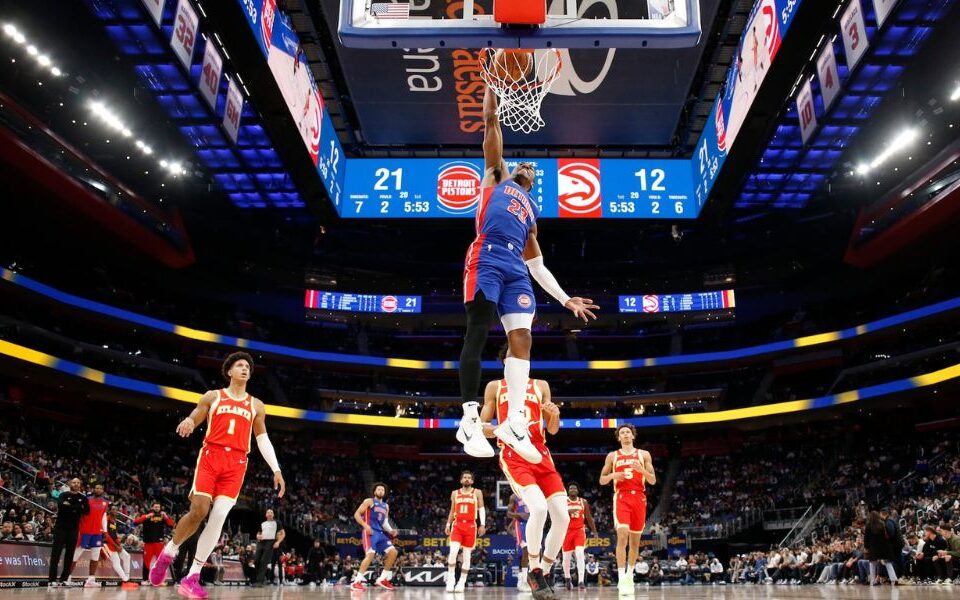- Have any questions?
- 888-432-8878
- steve@sebackground.com
Financial Planning Adds Value to Employee Stock Awards
March 26, 2021SHRM’s Guide to HR Management Systems Vendors
March 26, 2021Inclusivity and diversity are the new buzzwords for a woke workplace with agism a tired third in the mix. At a given time, a mixed workplace is bound to have an intergenerational workforce with ages ranging from the 20s to 60s. There are definitely opportunities for different perspectives and ideas in the workplace, but there are equal opportunities for conflict too.
The multigenerational mix comprises of the baby boomers, the older workforce (between 55 and 73 in 2019); the Generation X (1965 -1980), with the experience and knowledge; the millennials (1981-96), just stepping into the managerial roles; and Generation Y (1997), fresh out of schools eager to take over the world.

Time to step up your game.
The management in such organizations is bound to be walking the proverbial balancing rope. There are challenges being thrown up constantly, and sometimes the small conflicts and different ways of looking at things can pile up and become a “them” and “us” issue.
To effectively motivate a multigenerational workforce and communicate and engage with the employees is a challenging task.
The first and foremast task for supervisors and the management is to avoid the pitfalls of stereotyping and age bias.
Multigenerational workforce are bound to have a different approach to their career path. Meeting career expectations and job profile perspectives become difficult tasks for any manager in such a scenario.
Baby Boomers constitute 40 percent of the workforce in the US and are expected to do so till 2030. ( the statistics are bound to change with the Pandemic upsetting the scenarios and leading to massive job cuts across board).
An older workforce brings both challenges and opportunities to organizations.
Being an important part of the workforce, the first task with the leadership is to see that the older generation’s skillsets are utilized to the maximum. This includes experience, a legacy mindset that knows the whys and whereof through sheer exposure. This workforce has gone through the grind and is technically savvy as they have witnessed the manufacturing revolution and been part of the shift to digital technology, in fact, they are the inventors of digital tech.
The younger generation has a different approach to their careers. A distinct shift towards work-life balance is seen now. The approach to tasks is different; they are less likely to be bound by the rigid timelines and tying to the desk. A younger generation is bound to come with a new approach and a fresh perspective. For managers, the task is to blend both and find ways to engage and motivate as a team.
Here are a few things that can be done to retain and motivate them:
Being Aware
Employers and people in charge should be trained and made aware of how to handle a multigenerational workforce’s differing work styles. Avoid stereotyping. Older employees may be less technologically reliant or be more than comfortable being a part of the smart device generation. After all, they are the precursors and inventors of the technology.
Open Dialogue
Make it a priority to create a team culture that encourages open dialogue and communication to break down generational barriers.
Mentoring
Start a buddy or mentoring program. Do not make it hierarchical. Mentoring can be done both ways. Baby boomers are an important source of institutional knowledge. If the workplace environment is forcing them to think of retirement, then you will lose decades of experience and skillsets, which are still relevant. But being rigid in approach does not help, hence mentoring from a younger colleague on popular culture, new technology, and such can be engaging and productive for all.
Training
Offer training and short term-workshops for the boomers to expand their skill set and learn the latest development in their respective fields. This can be used as a reciprocal strategy where the boomers themselves can hold regular workshops for the younger employees. This builds engagement and relationships among the workforce.
Inclusive Policies
The employers should adopt inclusive human resource policies where the needs of the older generation are not overlooked in the youth-oriented workforce. Make an effort to accommodate their aspirations and offer titles and role commensurate to their experience and age.
Be Flexible
A flexible working schedule has now become the norm rather than the exception. This should work in offering people willing to work part-time or reduced hours. You will have access to a knowledgeable workforce longer and have time to plan a transition, and boomers can extend their earnings longer and plan their retirement better.
Feedback
Giving regular feedbacks fulfils two tasks. The roles and expectations are made clear, with no ambiguity. Regular, specific, constructive feedback aimed at helping employees change behaviour and solve problems should be available to all employees.
The post How to motivate a multigenerational workforce? appeared first on The HR Digest.
Source: New feed




